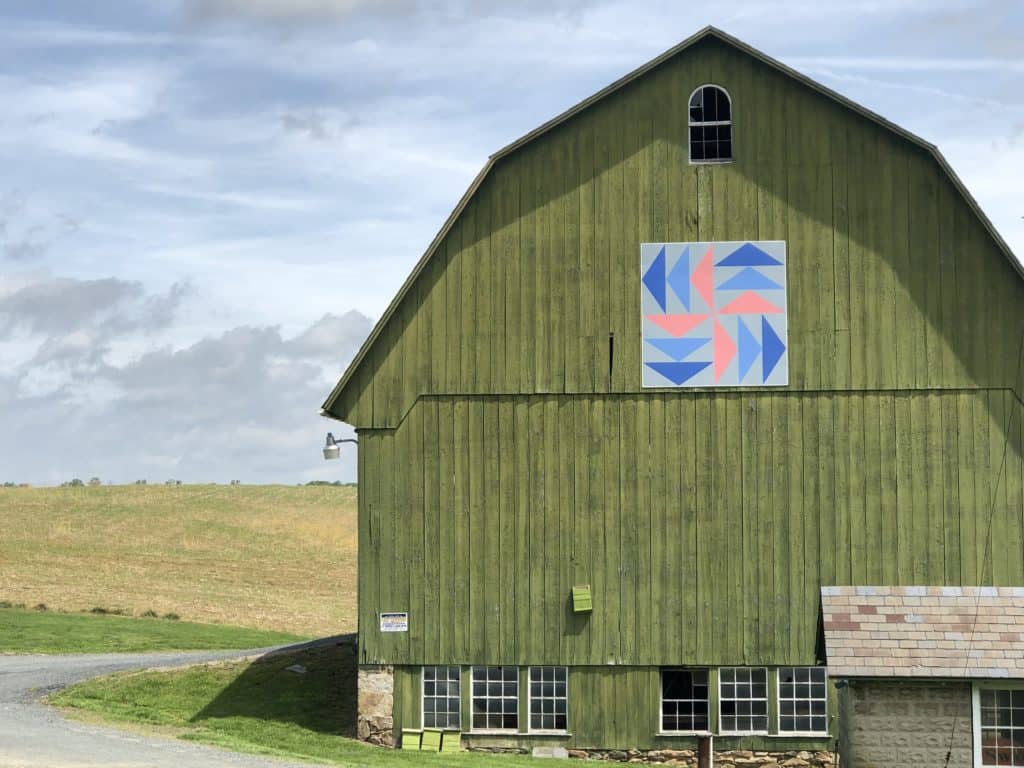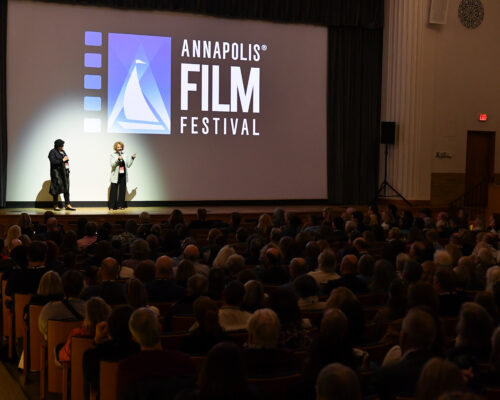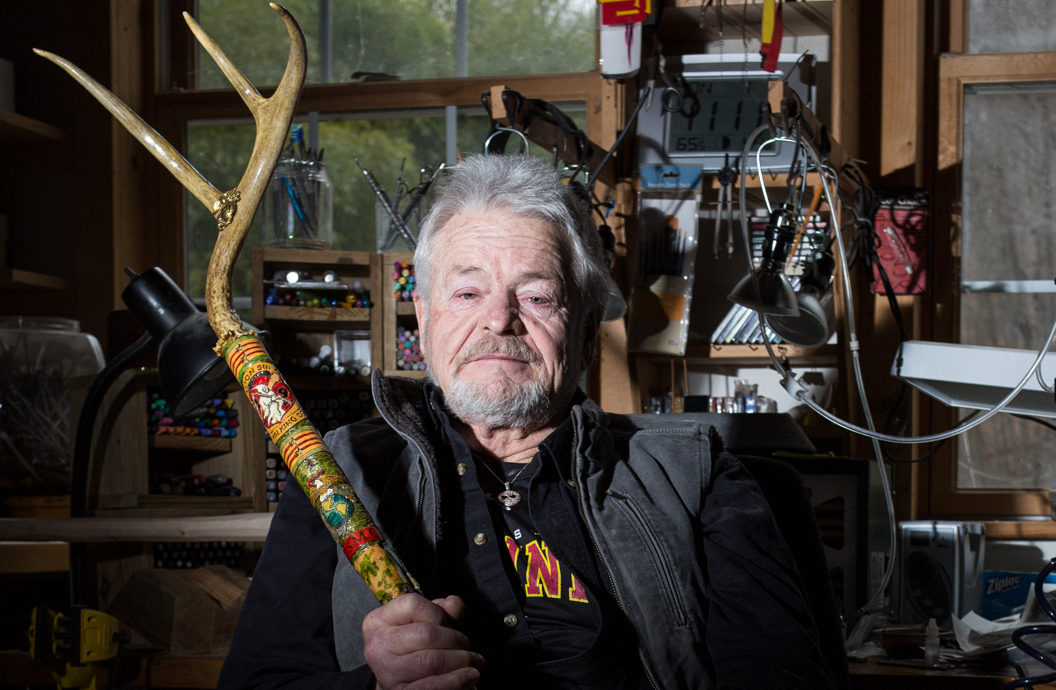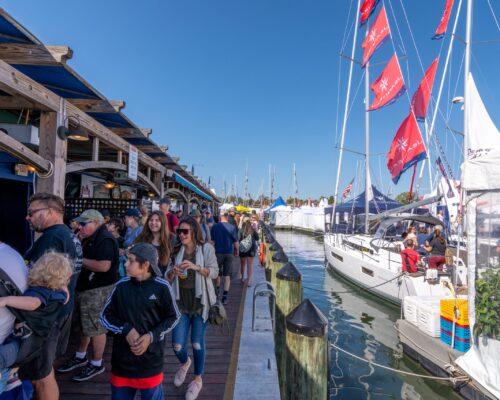Following the barn quilt trails
Quilting is a deeply personal and symbolic American folk art, with utilitarian roots in the colonies. Expensive imported fabrics could be replaced by scraps, laboriously sewn together to make squares, and from necessity was born a tradition. The patchwork became decorative early on, with designs to celebrate weddings and births, and family patterns emerged.

In 2001, Donna Sue Groves, an Ohio woman and representative of the Ohio Arts Council, painted one of her mother’s quilt square designs on the side of their barn. In doing so, she launched a barn quilt movement that has quietly swept the nation. The barn quilt program has expanded to more than 13,000 painted histories of our growth and imagination that can be seen in numerous other states across the country, as well as Canada.
Ingenious and industrious painters, carpenters, and building owners work together to give us a fun and glorious outdoor art and history museum when they create these “barn quilts”—painted plywood squares, usually eight feet to a side. There are three trails around the Bay, in Calvert, Caroline, and Harford counties, as well as trails farther away in Garrett (with 38 quilts garrettbarnquilts.org) and Carroll (35 quilts carollbarnquilts.org).
“The Barn Quilt Trail,” says Hilary Dailey, tourism specialist for Calvert County, “is perfect for these COVID-era times as a person wouldn’t necessarily have to see or speak to anyone else while following the trail!”
Dailey has seen an uptick in page views of the Calvert Barn Quilt Trail link on its tourism website since the pandemic began in March 2020, thanks, in part, to a campaign presenting the Trail as a great way to get the kids out of the house.
To find the quilts, start at each county website (see sidebar) and download a brochure with pictures of the quilts, a map, and driving directions. Then, spend as much or as little time as you like exploring the county. Lots of social distancing. Lots of opportunity to teach the youngsters about how our ancestors lived over the decades and centuries. Along the way, you can stop for a selfie with a colorfully painted quilt, grab a bite of lunch at an eatery that’s as quaint as a quilt, or pick up a souvenir at the neighborhood antiques shop.
Calvert County
The Calvert County Barn Quilt Trail is a program of the Arts Council of Calvert County and the Southern Maryland Heritage Area Consortium. The Trail stretches from North Beach to Solomon’s Island and from the Bay to the Patuxent River. Some of the 17 quilts carry traditional patterns, with names like Sister’s Choice (a three-fabric grid layout of squares and half square triangles) and Carpenter’s Wheel (a large, starburst-like pattern). Others—particularly the one on the Chesapeake Beach Railway Museum and two depicting the oyster restoration program, also in Chesapeake Beach—are new designs created specifically for their location. Each square tells two stories. One is the story of the square’s artwork; another is the story of where the square hangs.
Susan Mills, chair of the Calvert Barn Quilt Trail, says, “There are several additions to the Trail coming in early 2021, including one at the Calvert Marine Museum and another at AnnMarie Gardens.”
Caroline County
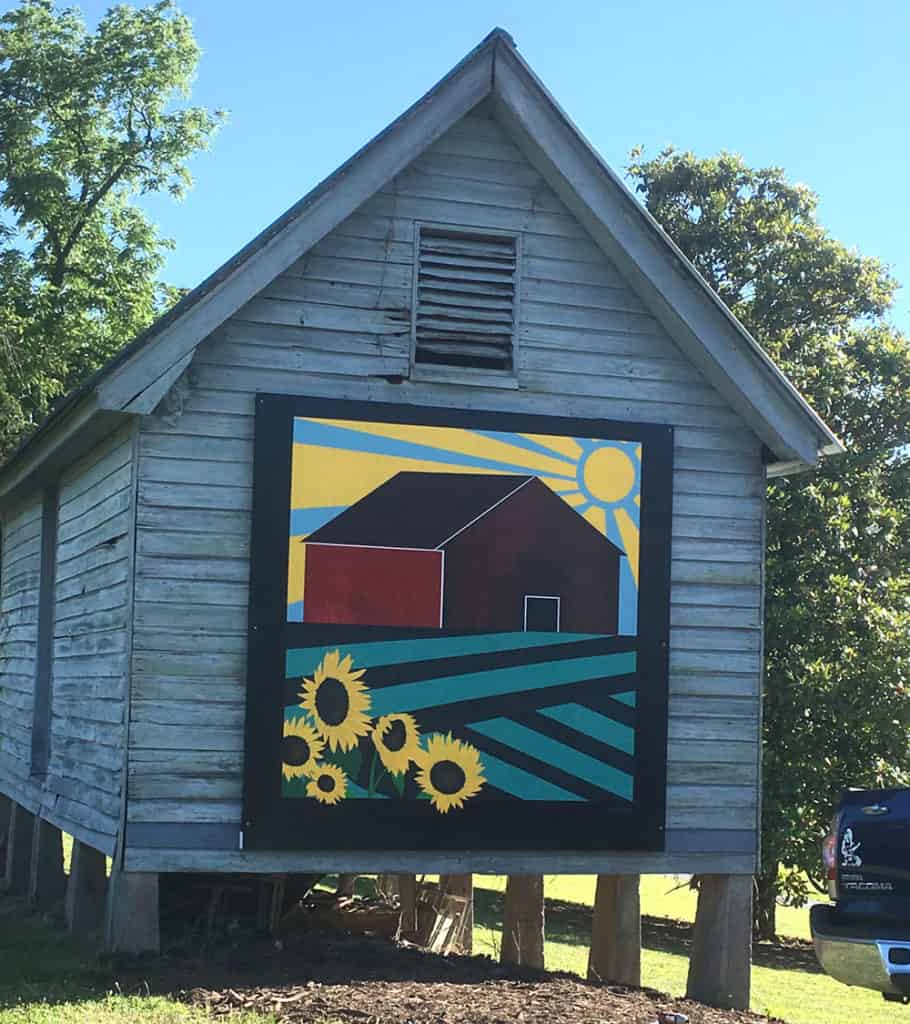
The Caroline County’s Stitching Stories of Freedom Quilt Trail was started by the Caroline County Council of Arts, the Caroline Office of Tourism, and the Fiber Arts Center of the Eastern Shore. Kat Stork, interim tourism director, says “The Quilt Trail is a four- to six-hour driving trip, figuring in lunch. Many stops are in locations that have additional historical or cultural highlights.” The Byway Quilt Trail includes 16 quilt block replicas located in and around such towns as Preston in the southern part of the county to Greensboro in the north. They’re on or near historic structures that trace the Harriet Tubman Underground Railroad Byway.
Among the quilt patterns are the Harriet Tubman Center Medallion, featuring a portrait sketched by a local artist based on an original photo of Tubman, and Sailboat, signifying the role of ship captains in transporting freedom seekers, along with many other symbols of the journeys made by slaves to areas of freedom through Lincoln’s Emancipation Proclamation and beyond.
Kits based on the quilt designs are available from the Fiber Arts Center of the Eastern Shore in Denton.
Harford County
The Harford County Barn Quilt Trail explores the entire rural county showcasing the farming community, gently rolling countryside, agribusinesses, nature centers, wildlife preserves, schools, and historic waterfront parkland. The themes highlight the history of the property and the farm’s current activities. The trail is bordered by the Bay and the scenic Susquehanna River.
As you ramble through the county viewing the 18 quilts currently installed, you’ll pass the Susquehannock Wildlife Society, which rehabilitates Bay watershed animals in trouble, the popular Falling Branch Brewery, and even Three Oaks Farm Alpacas, an educational farm and store.
Should your trail meanderings inspire you to pick up some quilting supplies of your own, you can participate in the Quilts Around the Bay Shop Hop between Friday, April 23 and Sunday, May 2, 2021. Visit the six participating shops (Newark and Dover, in Delaware and Fallston, Columbia, Trappe, and Crofton in Maryland) and be entered for prizes. Also, each shop has a free pattern. facebook.com/QuiltsAroundTheBay.
For more information about barn quilt trail books by Suzi Parron and other trails, check this website: barnquiltinfo.com.

